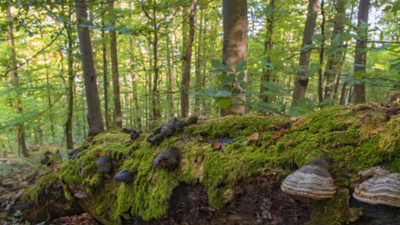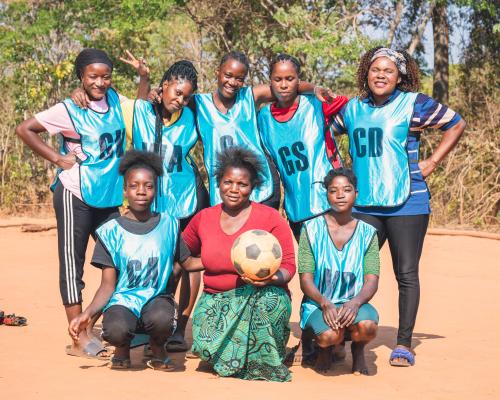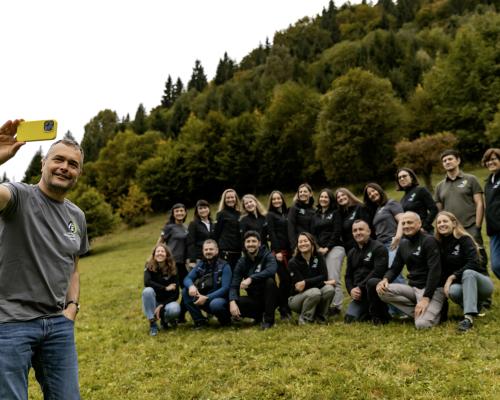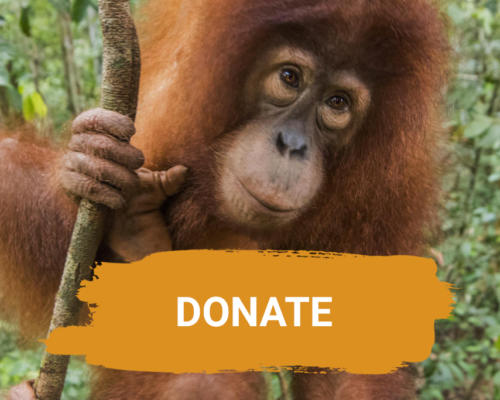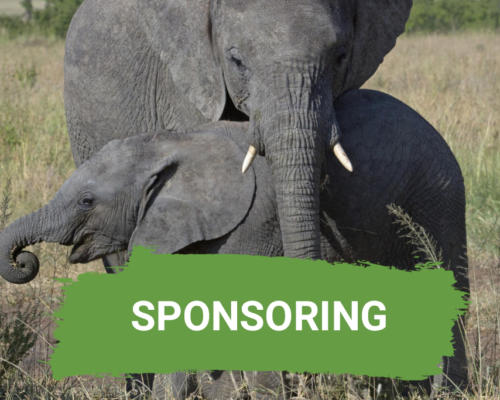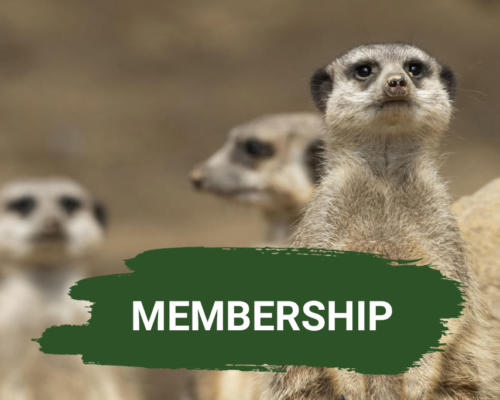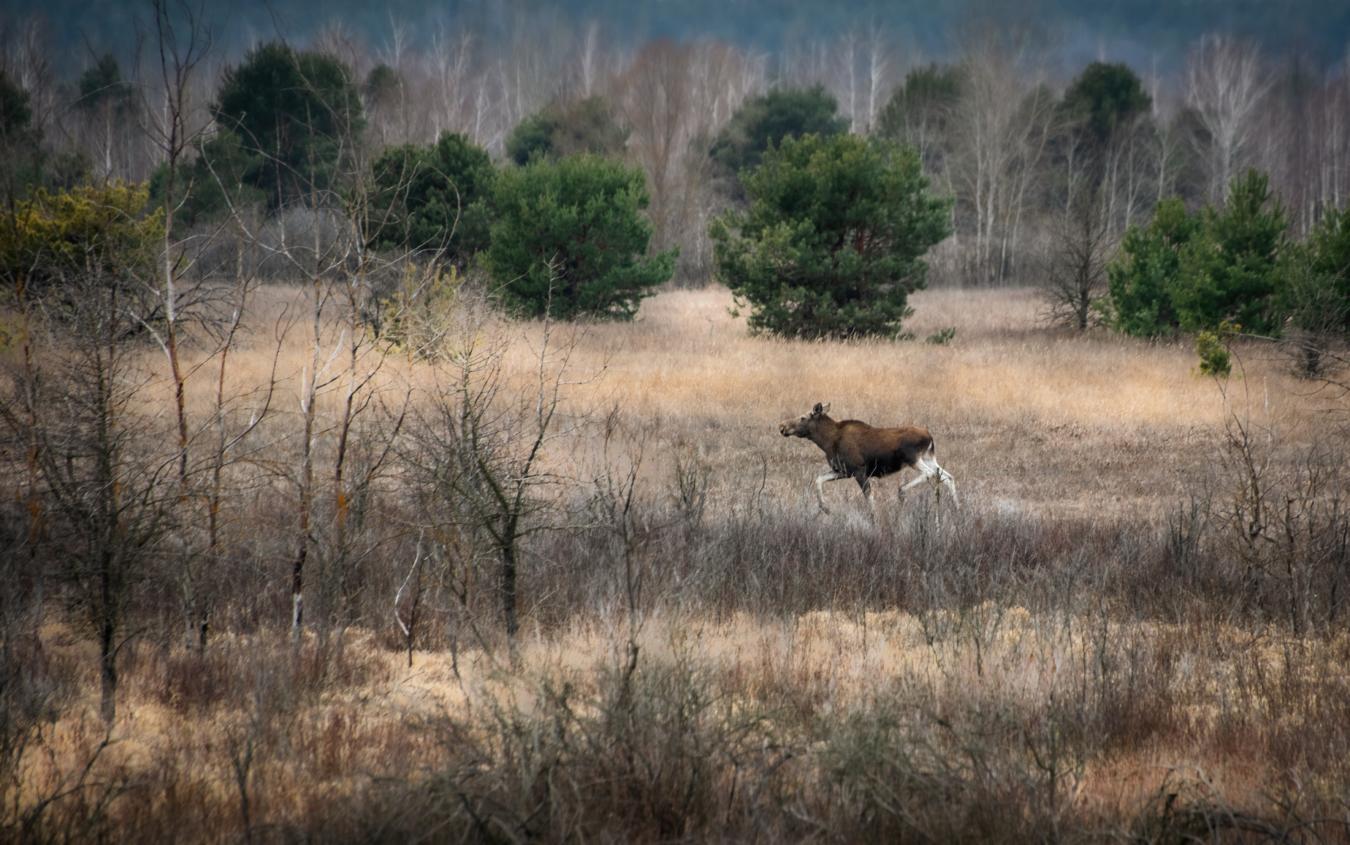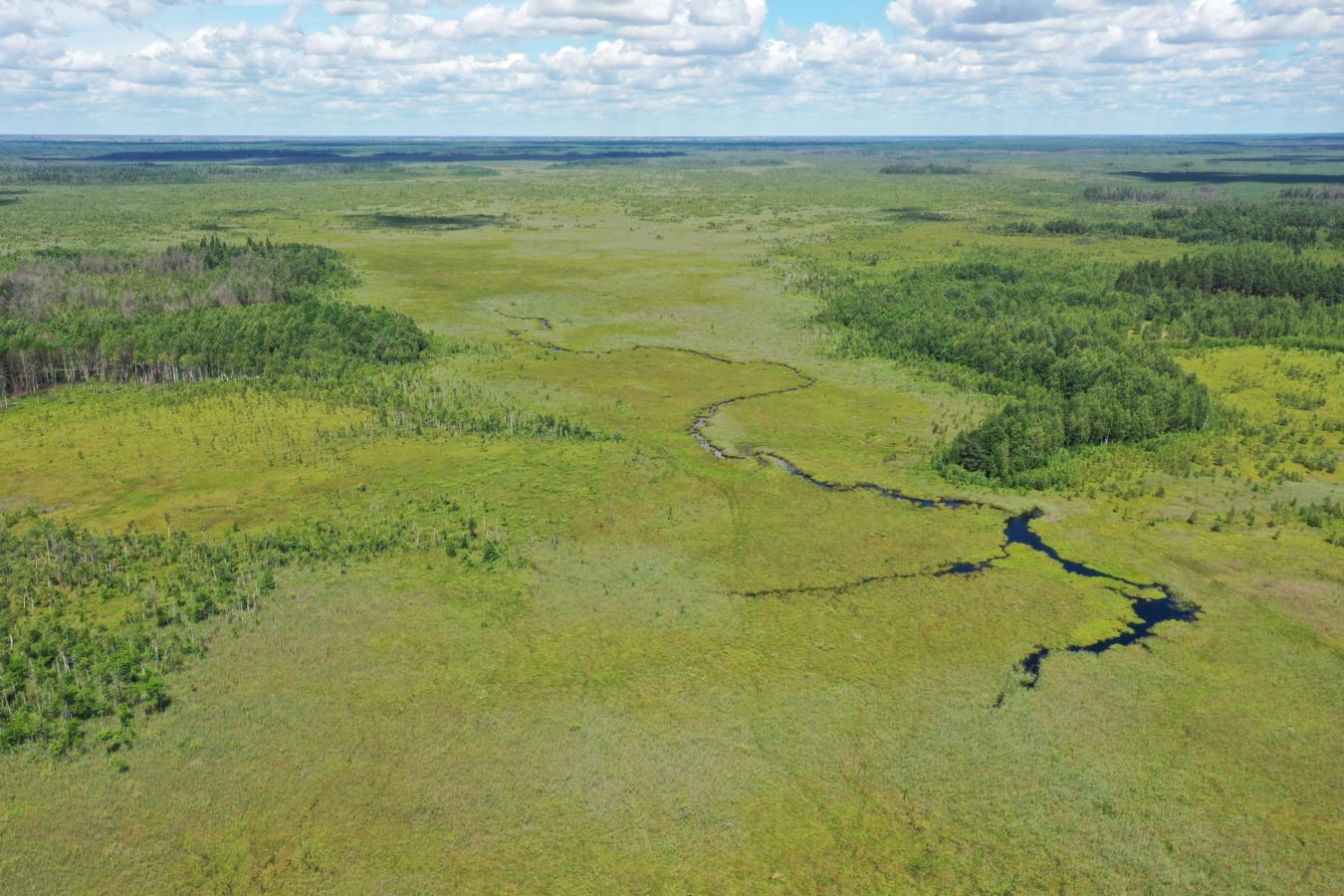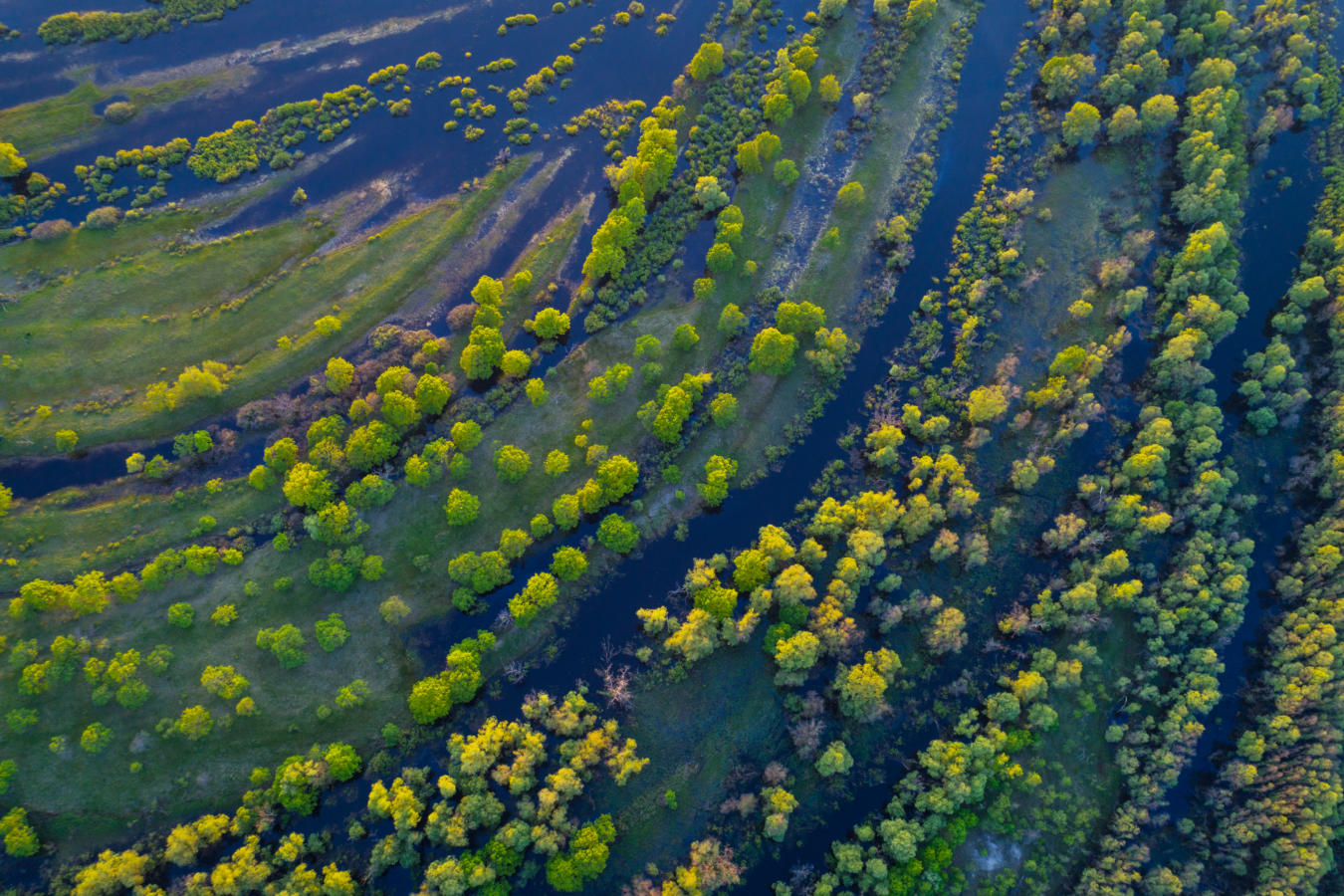Following important steps taken in Belarus and Ukraine to protect peatlands at the heart of Polesia, conservationists want to see the region awarded UNESCO status.
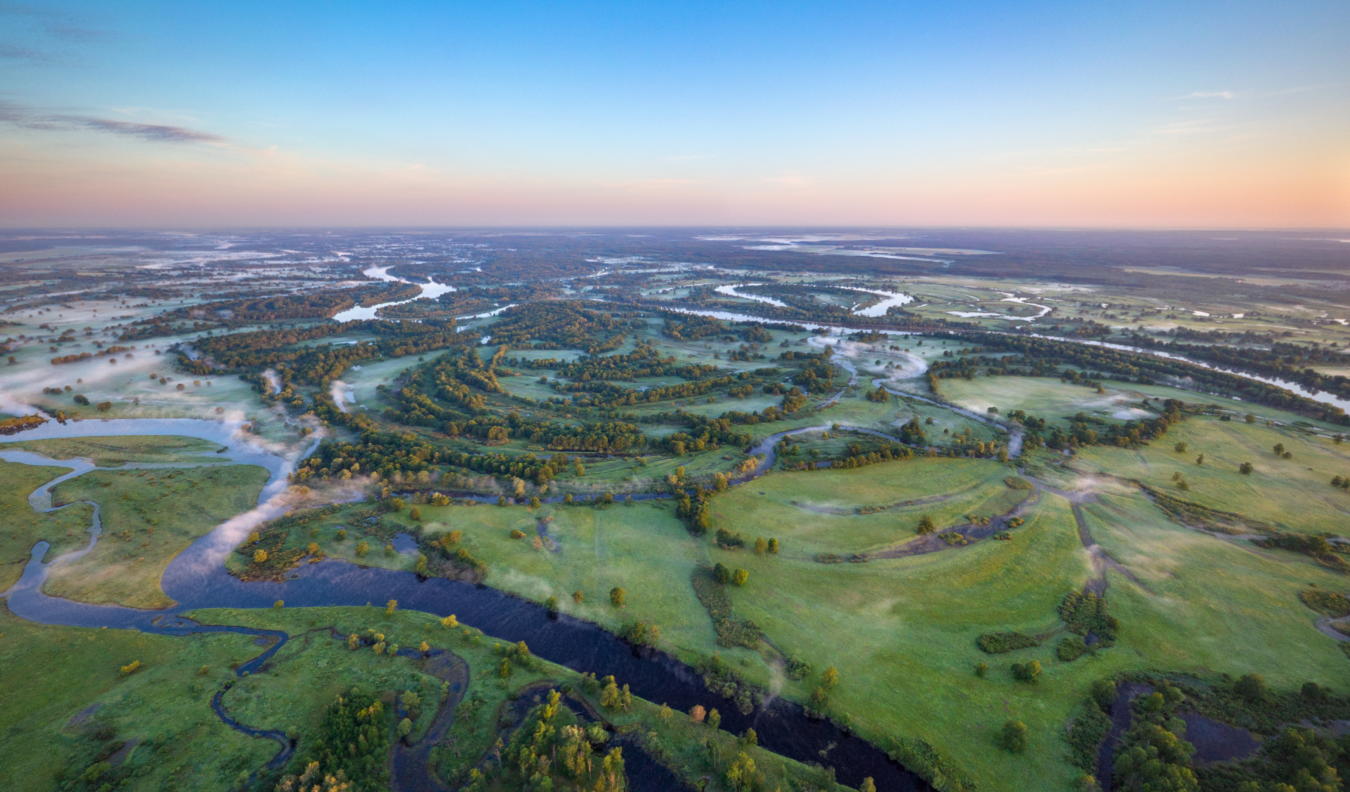
Achieving protected status for Polesia, Europe’s largest wetland wilderness
Ahead of World Wetlands Day (WWD) on 2 February, conservationists from Polesia – Wilderness Without Borders – an Endangered Landscapes Programme supported project– are calling for Europe’s largest wetland wilderness area to be included on UNESCO’s World Heritage List.
The recent signing of a resolution to establish the Pushcha Radzivila National Park in Ukraine and last year’s expansion of the Almany Mires Nature Reserve in Belarus have provided a much-needed boost to efforts to protect Polesia, a stunning transboundary region that straddles Belarus, Poland, Russia, and Ukraine.
But threats to Polesia from human activities still loom large. Deforestation, mining, farming, and plans to construct a major waterway through the region could lead to irreversible environmental damage, experts warn.
Attaining UNESCO status would see the central part of Polesia recognized alongside the Serengeti National Park, the Great Barrier Reef, and the Iguaçu National Park on the international list of sites with outstanding universal value.
Campaigners say that achieving designated protected status for the region at an international level would help ensure the future of the largest and most important inland wetland region in Europe. It would also protect the transboundary landscape’s essential ecosystem services, which underpin hydrology, store immense quantities of carbon, and have significant potential for ecotourism.
“We want to identify and classify key areas that are not currently recognized as protected landscapes, including primary forests, other forests of high conservation value, and sites home to rare birds and mammals,” says Olga Yaremchenko of the Ukrainian Society for the Protection of Birds (USPB).
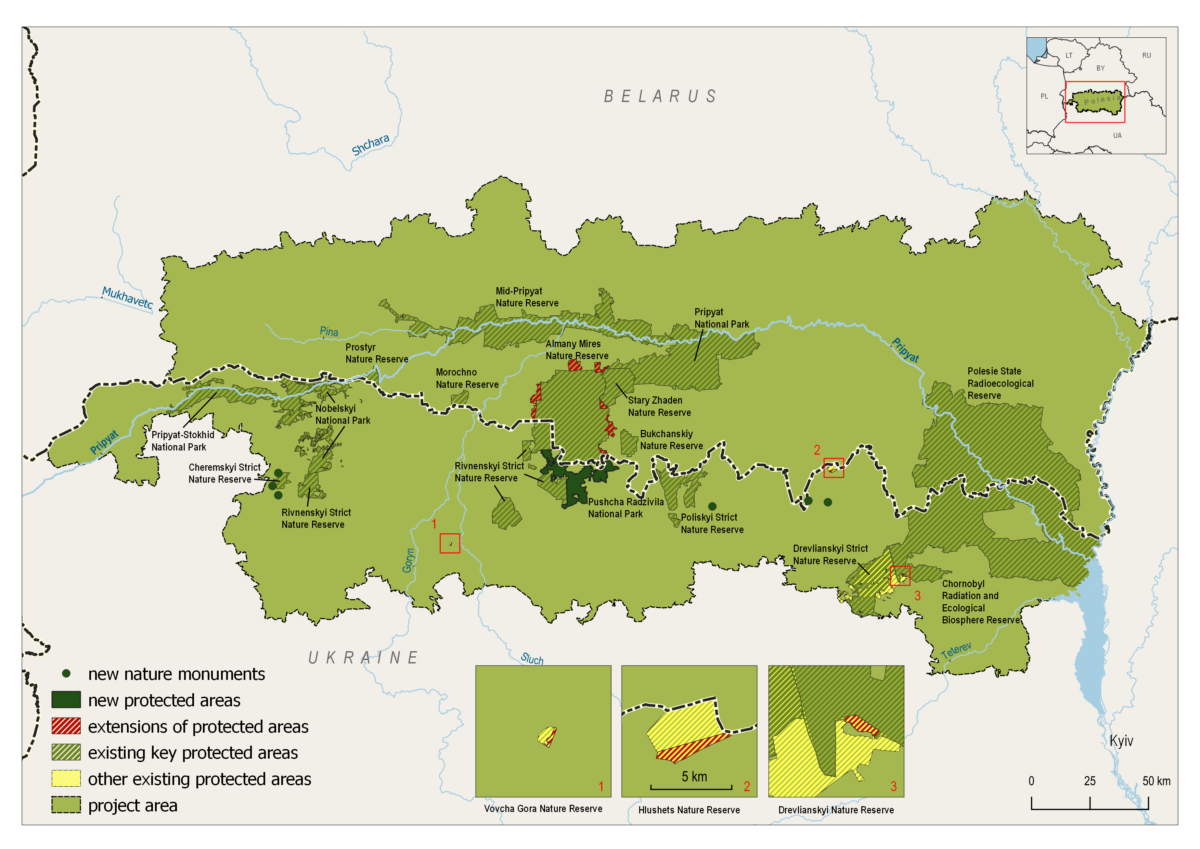
“There is an astonishing diversity of plants and animals in Polesia. The presence of species such as the Greater Spotted Eagle, the Eagle Owl, the Great Grey Owl, the Pygmy Owl, the Black Stork, the lynx, and other rare species have been identified as key indicators when identifying priority areas for such protections.”
During the past three centuries, close to 85% of the world’s wetlands have been drained to provide land for housing, industry, and agriculture. Those that remain are vanishing three times faster than the world’s forests.
Large parts of Polesia, on the other hand, remain in near-pristine condition. It is one of Europe’s last truly wild places. Few places on the continent provide as much space for flora and fauna to survive and thrive.
Larger in size than an average European country, Polesia is often referred to as the ‘Amazon of Europe’. The region is home to an immense patchwork of forests, peatlands, floodplains, and rivers. In springtime, snowmelt turns much of the landscape into what looks like an endless lake.
These vast habitats provide sanctuary to a number of vulnerable species, including eagles, wolves, bears, lynx, and bison. Hundreds of thousands of migratory birds pass through the region. In the springtime, numbers of at least 150,000 – 200,000 Eurasian Widgeons, 200,000 – 400,000 Ruffs, and 20,000 – 25,000 Black-Tailed Godwits have been recorded in Polesia’s Pripyat floodplains alone. It is a key breeding ground for many globally threatened species.
However, like many wetland areas around the world, Polesia is threatened by human activities. Besides impacts from deforestation, mining, drainage for agriculture, and infrastructure developments, the adverse effects of climate change are further reducing the resilience of its environment.
Polesia has also come under intense focus as a result of plans to construct Europe’s longest waterway through the region. Known as the E40, the waterway would connect the Baltic Sea with the Black Sea, stretching some 2,000 kilometers from Gdansk in Poland to Kherson in Ukraine. The construction could destroy much of Polesia’s vast wilderness, with researchers predicting far-reaching implications for both humans and nature.
It has led to a race against time for conservationists to document the region’s biodiversity in detail, and make the case for its protection.
Many parts of Polesia are of international importance for nature conservation and have been recognized as UNESCO Biosphere Reserves, Important Bird Areas, Emerald Network, or Ramsar sites. During the past 12 months, important steps have been taken at the national level to protect further areas.
At the turn of the year, a resolution was signed by Ukraine to establish the Pushcha Radzivila National Park in the heart of Polesia. Formed largely of bogs and transitional mires, the 24,000 hectares protected area secures better protection for the area’s wildlife, improves the connectivity of protected areas, and also provides important opportunities for local communities while keeping the carbon stored in its precious peatlands.
The move followed commitments by authorities in neighboring Belarus to expand protections of the Almany Mires Nature Reserve in March 2021. Almany was expanded by 10,000 hectares, bringing the size of the reserve up to 104,000 hectares – roughly the size of Hong Kong. Research carried out as part of the Polesia – Wilderness Without Borders project, supported by the Endangered Landscapes Programme and Arcadia – a charitable fund of Lisbet Rausing and Peter Baldwin – helped to identify crucial habitats for rare wildlife in need of protection.
Together with the newly protected areas across the border in Ukraine, the area – which sits at the heart of Polesia – forms one of the largest peatland complexes in Europe.
“The pristine ecosystems and landscapes found in Polesia are, today, extraordinarily rare on a global level,” says Maxim Nemtchinov, a nature conservation officer at BirdLife Belarus (APB).
“A lot of work has been carried out by researchers and conservationists to characterize the flora and fauna in the region and ensure that this very special environment is protected from the threat of developments and construction. There are also crucial initiatives underway to restore parts of the ecosystem that have been damaged by human activities.”
Peatlands are the most carbon-dense terrestrial ecosystems. Globally, the carbon stored in them exceeds carbon stored in all other vegetation combined, including forests. Maintaining them is essential to help tackle the climate crisis. They also provide sanctuary for wildlife, spanning grey cranes, black grouse, beavers, otters, moose, bats, insects, and migratory birds.
Dianna Kopansky, who leads the Global Peatlands Initiative at UNEP, said “With most of Europe’s peatlands drained and degraded, this great wilderness is an oasis – for wildlife, people, and for our climate future. The work to expand protections and raise Polesia’s conservation status represents the action on the ground needed to fight the triple crisis we are facing and is a great contribution to the UN Decade on Ecosystem Restoration. The conservation and sustainable management of this critical transboundary landscape could not be more important for the people of the region.”
Historically, habitats such as peatlands have often been regarded as wastelands. As people don’t live on them, they can come under pressure from those wanting to turn them into farmlands or build roads across them. Many peatlands around the world are now severely degraded.
When peatlands are drained, the organic matter stored in them decays, releasing carbon dioxide into the atmosphere in the process. The dried land also becomes more susceptible to fires. The drainage of bogs and mires undermines the wider ecosystem health, its water flows, and the vital contributions they make to fresh and drinking water supplies.
The first priority to protect these crucial habitats is to leave them as they are. That is why conservationists are campaigning to have these and other vital habitats across Polesia recognized with protected status at both the national and international levels.
Another priority is to restore those areas that have been degraded or damaged. Peatlands typically form very slowly, over hundreds or thousands of years. But rewetting or revegetating damaged peatlands can revitalize their carbon-storing abilities and reinvigorate their habitats for native plants and animals.
Although significant areas are already under formal protection, conservationists are calling for the central part of Polesia to be recognized internationally on the UNESCO World Heritage List to ensure adequate protection of the region’s vulnerable species and wild landscapes, and recognition of its incredible natural beauty.
This release is part of the Global Peat Press Project (GP3) campaign, bringing together international partners to highlight the importance of peatlands as vulnerable but valuable ecosystems. It is a coordinated media outreach from UNEP’s Global Peatlands Initiative (GPI) and the North Pennines AONB Partnership to promote the UN Decade on Ecosystem Restoration (2021-2030). It was conceived to raise awareness and enthusiasm about the role of peatlands in climate action in the run-up to the UNFCCC COP26 in November and has now pivoted to focus on the vital importance of peatlands for nature, aiming to build momentum and interest in advance of the Convention on Biological Diversity (CBD) COP15 in April 2022.
A relay of stories from peatland projects worldwide, GP3 started with the UK, as the host of COP26, which took place in Glasgow, Scotland. The relay has already featured:
– the North Pennines AONB
– the Care-Peat project in Belgium
– NUI Galway/ Insight Centre
– Five EU transnational projects (Carbon Connects, Care-Peat, DESIRE, LIFE Peat Restore, and CANAPE)
– Bax & Company who straddle the UK, Spain and The Netherlands
– Ulster Wildlife
– The Lancashire Wildlife Trust
– The GPI and EUROSITE Peatlands Social Media Campaign
– NABU
– Moors for the Future Partnership
– Metsähallitus with its Hydrology LIFE Project
– Natural Resources Wales with the LIFE Welsh Raised Bogs Project
– Community Wetlands Forum and the Landscape Finance Lab
– Terra Motion
– Green Restoration Ireland Coop (GRI)
– a major restoration effort in Belarus recognized by the Ministry of Natural Resources and Environmental Protection of the Republic of Belarus
– a second release from Ulster Wildlife
– The World Conservation Monitoring Centre (WCMC) at the UN
– Griefswald Mire Centre in Germany
– Conservatoires d’éspaces naturels in France
– the Cairngorms National Park, Scotland
– a second contribution from the North Pennines AONB
– CINEA – LIFE
– Baltic Environmental Forum Lithuania
– Yorkshire Peat Partnership
– APB-BirdLife Belarus
and now the baton is held by the Frankfurt Zoological Society.
Join us – share, learn, inspire, experience and act for peatlands, people and the planet. Follow and share using #PeatlandsMatter and #GenerationRestoration.
Zanne Labuschagne, European Projects Communications Coordinator, Frankfurt Zoological Society
Tel.: +255 (0) 69 43 70 376, zanne.labuschagne@fzs.org
Notes to editors
Wild Polesia: wildpolesia.org
Save Polesia: savepolesia.org
Polesia – Wilderness Without Borders: https://youtu.be/84o-5i7hXt8
World Wetlands Day: www.worldwetlandsday.org
Global Peat Press Project: https://www.globalpeatlands.org/global-peat-press-project-gp3-campaign-kick-off/
All photo rights reserved.
The project “Polesia – Wilderness Without Borders” is part of the Endangered Landscapes Programme and is funded by Arcadia – a charitable fund of Lisbet Rausing and Peter Baldwin. The project is coordinated by the Frankfurt Zoological Society (FZS) and implemented in collaboration with APB-Birdlife Belarus, the Ukrainian Society for the Protection of Birds (USPB), and the British Trust for Ornithology (BTO).
The Global Peatlands Initiative is an international partnership launched at the UNFCCC COP in Marrakech, Morocco, in late 2016. Led by the United Nations Environment Programme (UNEP), our goal is to protect and conserve peatlands as the world’s largest terrestrial organic carbon stock and to prevent it from being emitted into the atmosphere. The GPI co-hosted the first-ever Peatland Pavilion at COP26 in Glasgow in November 2021. Recordings of the sessions can be found here.
The Frankfurt Zoological Society is an international conservation organisation. From its office in Frankfurt am Main, it coordinates projects in 18 countries. The aim of the ZGF is the conservation of wilderness and biodiversity. The ZGF provides practical, unbureaucratic and long-term support to nature conservation authorities, national park administrations and national NGOs as well as local communities in the project countries.


